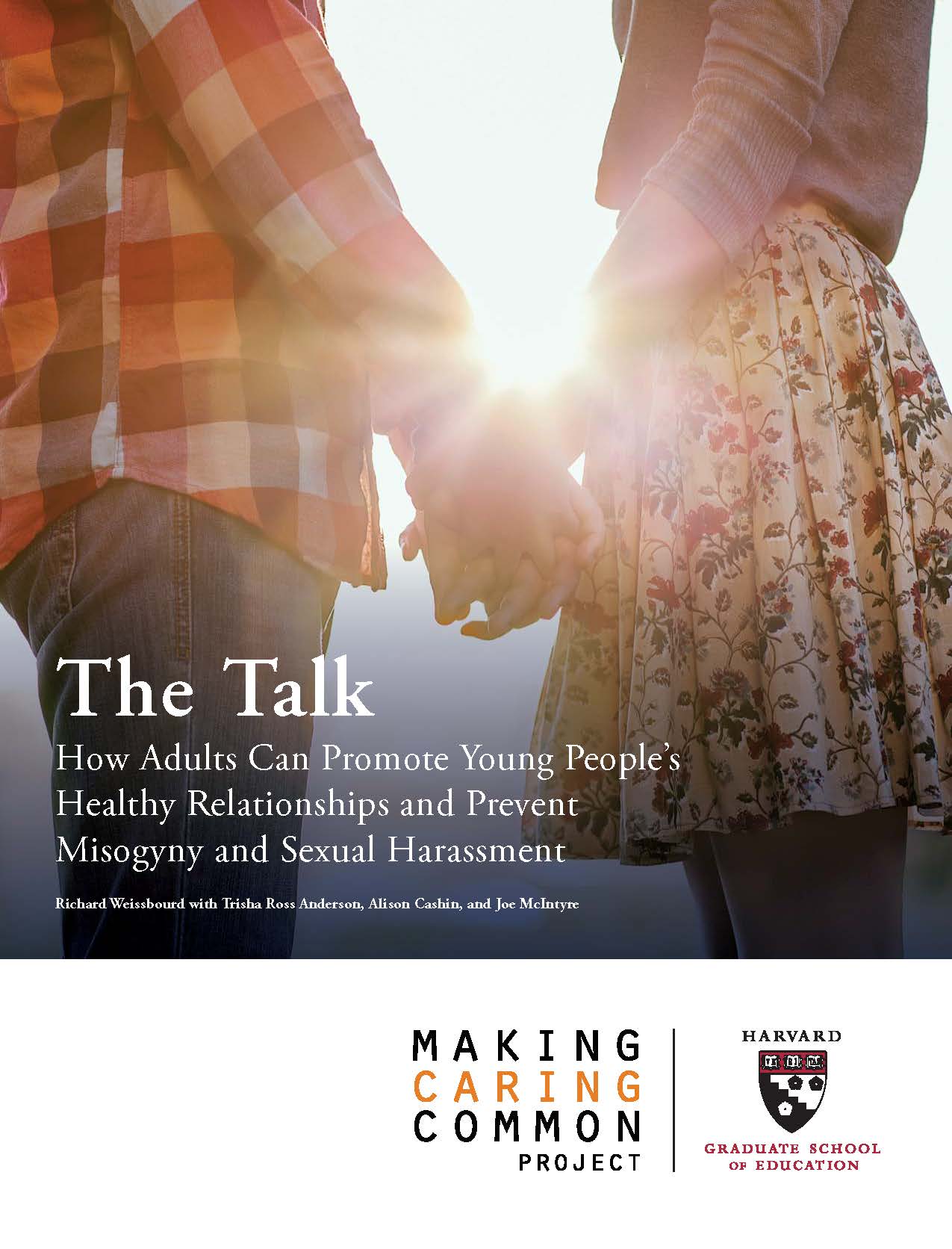In addition to the above resource, below are a couple of other ideas about talking to your student about dating and relationships:
Use the media as a starting point. Using the media can be a great way to start conversations about dating and relationships. It can be much easier to talk about relationships that are not personal. As you see or hear things come up about dating or relationships in movies, on TV, over social media, on the radio or in a book or article you’re both reading, ask for your student’s thoughts and/or share your own. “What do you think of their relationship?” “What did you think about the way he broke up with her?” “Who’s your favorite fictional couple and why?”
Ask open-ended questions. These are questions that cannot be answered with a simple yes or no. Examples include: “How did you meet them?” “What do you like about them?” “What kinds of things do you like to do together?” “How’s online dating going?” “What are you looking for in a relationship (if they are in fact, looking for one)?” There can also be a place for close-ended questions (questions that can be answered with a “yes” or a “no”). “Are you looking to be in a relationship right now?” Avoid questions that might feel leading or judgmental. “Is that really the kind of person you want to be with?” “Do you think it’s just infatuation?”
Encourage your student to think about their boundaries. Model boundary setting. Our Healthy Relationships page provides a series of reflection questions about physical, emotional, and digital boundaries for students to reflect on. You can encourage them to reflect on what their answers to these questions might be and pick a couple to explore. For example, “What do you think about people posting pictures of you online without asking first?” “What do you think about sharing passwords with friends or people you’re dating?”
Be cognizant of the emphasis you place on relationships. In a focus group held by The One Love Foundation, survivors of relationship abuse frequently expressed that they felt like they had to be in a relationship to feel successful in their parents’ eyes. They went on to say that this perception prevented them from tell their parents about what was really going on.
Be non-judgmental. Sometimes students share that when their family and friends really like their partner or say things like, “You’re the perfect couple!” then they have a hard time expressing when things are not going well. Alternatively, students sometimes share that if their family and friends really don’t like their partner, then students also don’t know who to turn to if things aren’t going well. They fear an “I told you so” moment or further judgement of them or their partner. Before you tell your student what you think of their partner, find out how they feel about their partner. “How are things going with ______?” “How does the relationship make you feel?”
Avoid assumptions about who your student may be dating. If they say- “I just started dating someone” and you say, “How did you meet him?” then you are making an assumption about the person’s gender. Wait for your student to mention their partner’s gender markers (he, she, they, ze etc.)
Mirror the language your student is using. Do they say boyfriend, girlfriend, partner, person I’m dating, or person I’m seeing etc.? Use their same language or ask them about it if you’re not sure.
